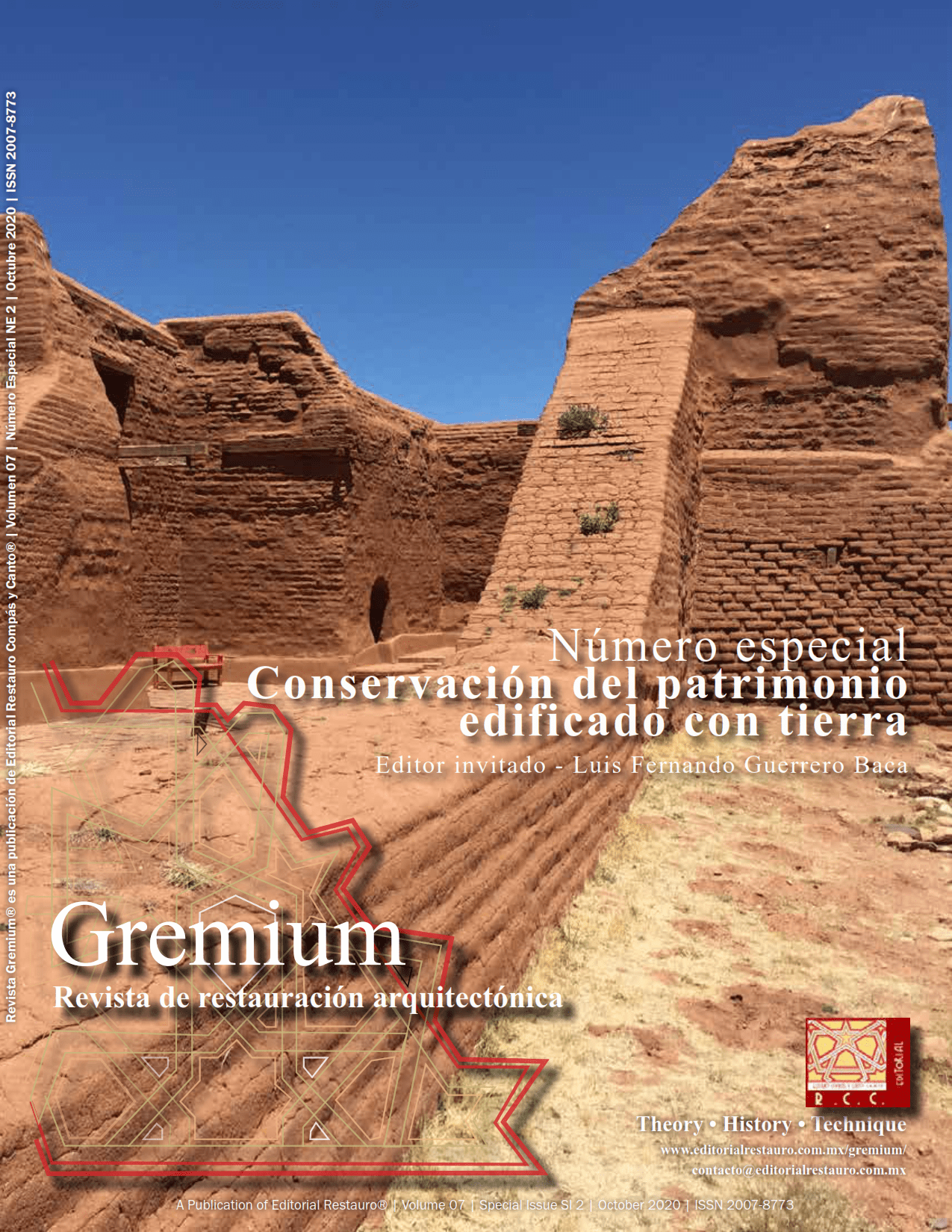Micromorphology to study of earthen built heritage
DOI:
https://doi.org/10.56039/rgne2a03Keywords:
geoarcheology, earthen achitecture, constructive techniquesAbstract
The earthen architecture heritage of past societies is studied by archaeology, using different methods.
Micromorphology allows to define the composition of the building material and the construction techniques,
by analyzing thin sections of oriented samples with a petrographic microscope. This article describes the
method and presents examples of mudbricks, cob walls, floors, and roofs from Iberian and Mesoamerican
sites. Mineralogical composition and the presence of specific soil formation features allow to define from where
the building sediments were extracted and how different soils may have been mixed, while the form in which
minerals are aligned and the type, size and form of pores reveal the amount of water added to the mix, and the
direction and intensity of compaction. Thus, it is possible to differentiate mudbricks from floors and facings, cob
from rammed earth. This method helps to validate the interpretation of construction techniques derived from
archaeological excavations and provides crucial information for the adequate preservation of this heritage.
Downloads
Downloads
Published
Issue
Section
License

This work is licensed under a Creative Commons Attribution-NonCommercial-ShareAlike 4.0 International License.























